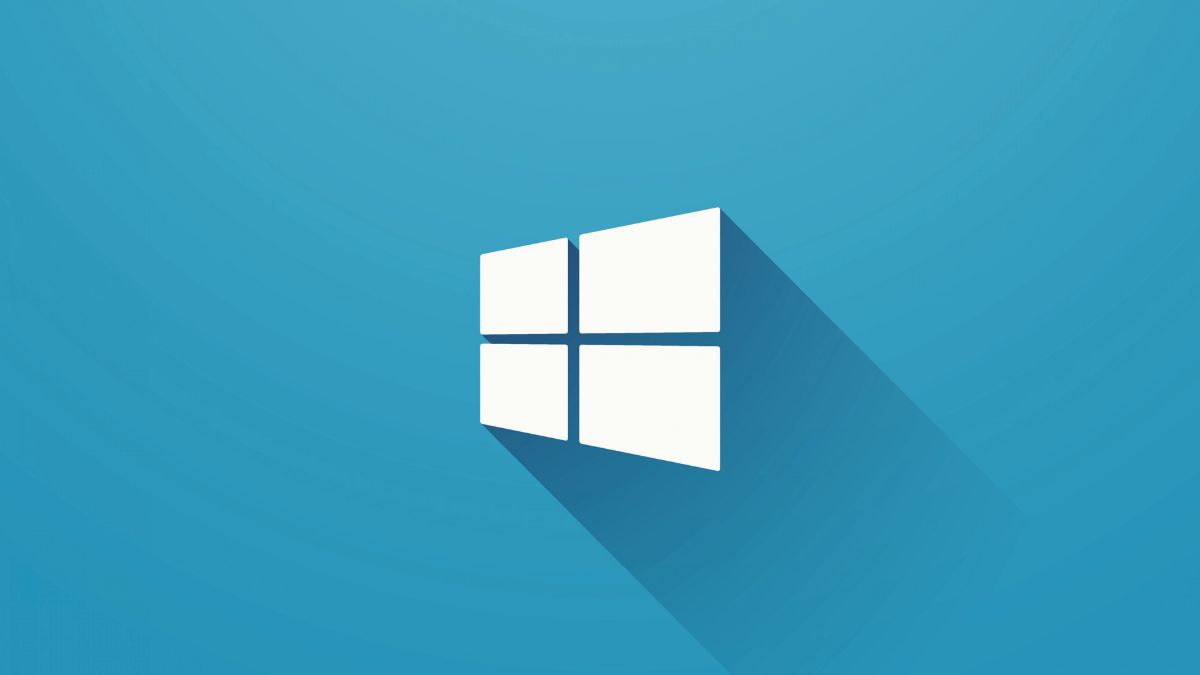There are several free alternatives to the extensively used Windows operating system that offer compelling features and functionalities. These alternatives provide users with various options created to their specific requirements while also fostering open-source collaboration and community support.
From the secure and flexible Linux distribution Ubuntu, along with sophisticated macOS, Chrome OS, Elementary OS, and ReactOS, these alternatives offer a variety of useful features for those seeking a Windows alternative. This article will highlight the main features and benefits of free alternatives to the Windows operating system.
Free Alternatives to Windows Operating Systems
Listed below are operating systems that are as popular as Windows operating systems; however, these operating systems don’t cost a penny. Let’s explore the top seven free alternatives to the Windows operating system that you can try.
1. Ubuntu
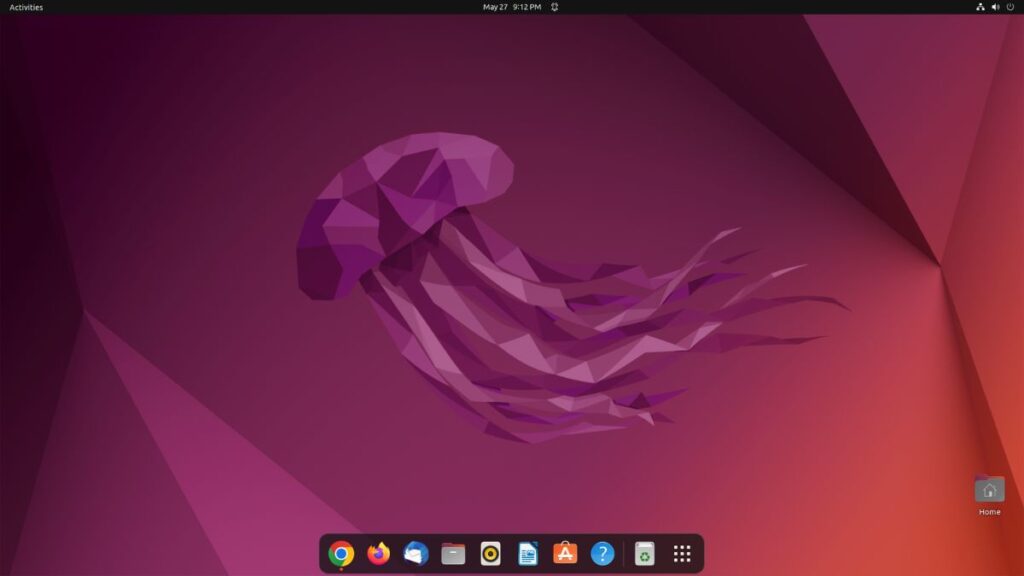
Ubuntu is a well-known Linux distribution renowned for its user-friendly interface, stability, and extensive software support. Numerous features and advantages make it an appealing alternative to the Windows operating system. You can give it a try on VirtualBox.
One of Ubuntu’s most notable characteristics is its usability. It provides a visually appealing and user-friendly interface, making it accessible to users of all levels. In addition, Ubuntu has an extensive software repository with thousands of free applications. This comprehensive software support ensures that users have access to various tools and applications to meet their requirements.
Another important advantage of Ubuntu is its emphasis on security. It employs sophisticated security features, regular updates, and an effective community-driven approach to identify and address vulnerabilities promptly.
2. ChromeOS
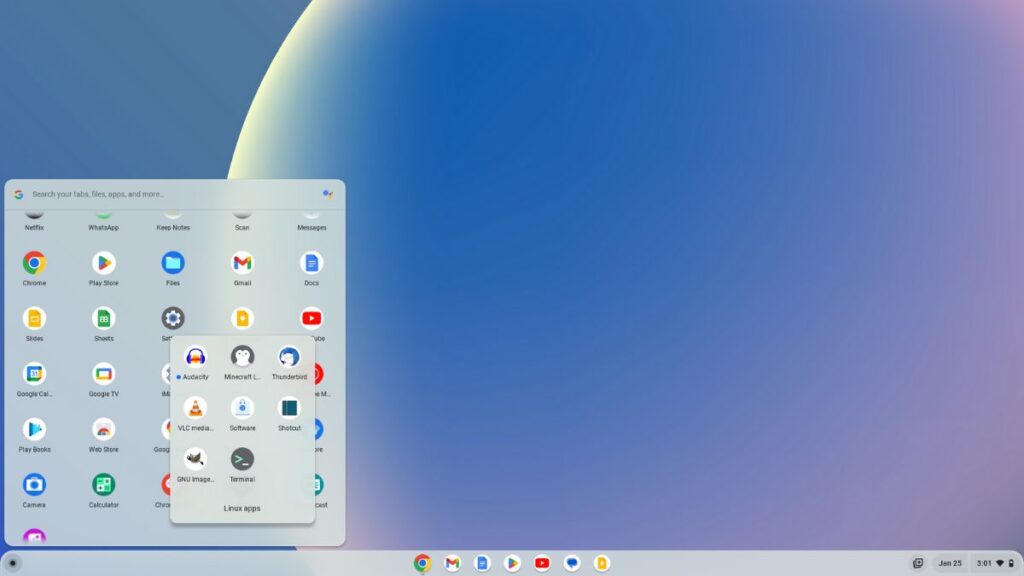
Chrome OS is a lightweight operating system designed by Google for Chromebooks and similar devices. It provides a distinctive computing experience emphasizing simplicity, speed, and cloud-based functionality. One of Chrome OS’s most notable characteristics is its fast boot time. It enables users to turn on their devices and begin working in seconds, making it an excellent option for those who value efficiency and productivity. If you have an old laptop, you can install Chrome OS on the laptop to give it a new life.
Chrome OS is tightly integrated with the Google ecosystem, allowing for seamless synchronization with Google services like Gmail, Google Drive, and Google Docs. Chrome OS, a cloud-centric operating system, largely relies on web applications. The Chrome Web Store offers an extensive selection of web-based applications, including various productivity tools and entertainment options.
Chrome OS’s security is another crucial advantage. It employs a sandbox environment, automatic system updates, and verified boot technology to prevent malware and ensure a secure computing experience.
3. macOS
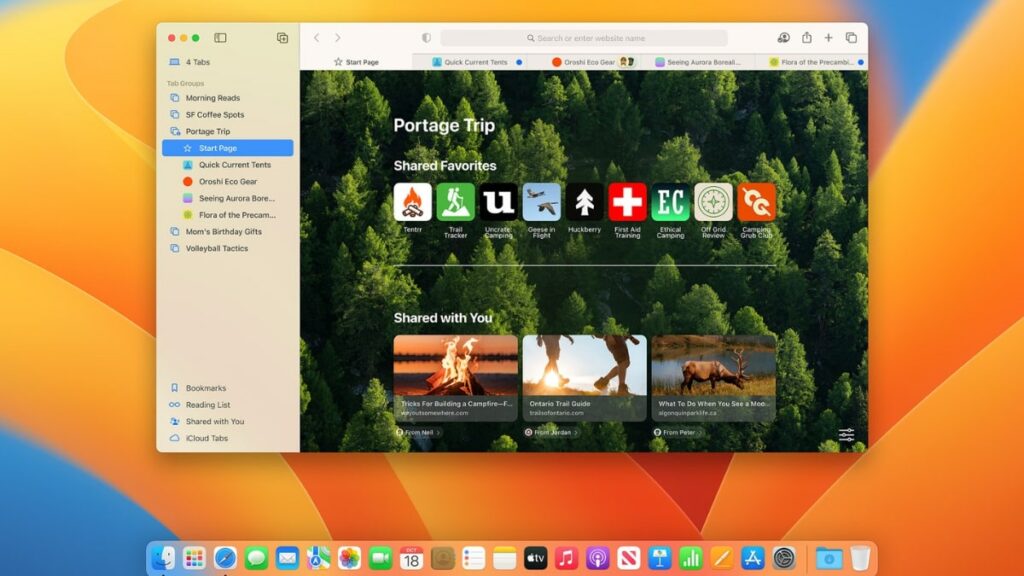
macOS is the Apple-developed operating system for Mac computers. It is renowned for its elegant and user-friendly interface, seamless compatibility with Apple devices, and robust features.
An essential advantage of macOS is its superior user experience. The interface is created to be attractive, user-friendly, and efficient. Its integration with other Apple devices strengthens macOS. Continuity allows users to begin an activity on one Apple device and continue it seamlessly on another. This integration extends to features like Handoff, allowing a seamless transition between Mac, iPhone, and iPad.
Another notable aspect of macOS is its extensive collection of preinstalled applications. From productivity tools such as Pages, Numbers, and Keynote to multimedia applications such as iMovie and GarageBand, macOS provides a diverse collection of software to meet various requirements. macOS also prioritizes security and privacy heavily. It includes features such as Gatekeeper, which ensures that only trusted software is installed, and FileVault, which protects data with full-disk encryption.
4. Elementary OS
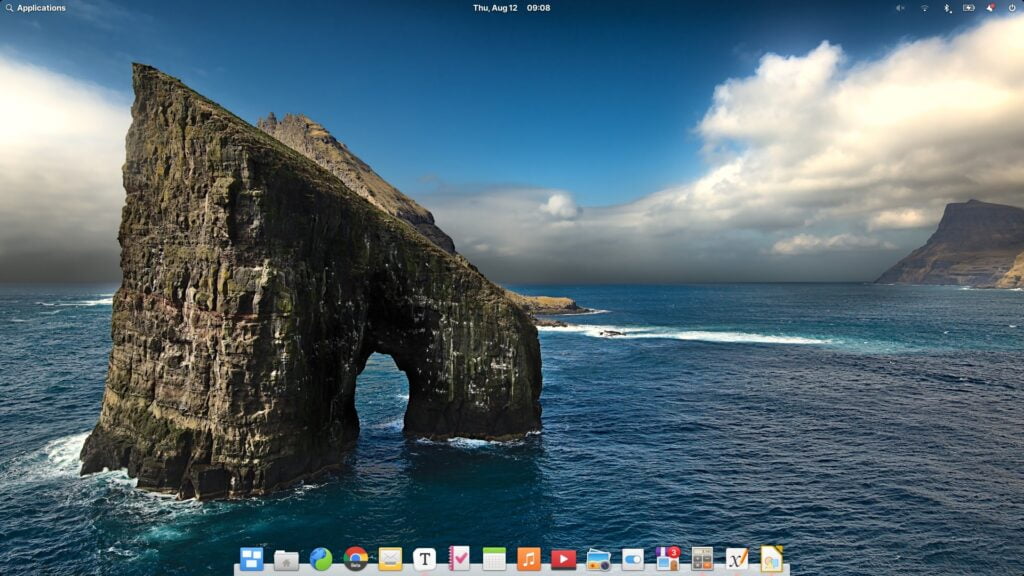
Elementary OS is a free, open-source Linux distribution that provides an essential, elegant, and user-friendly computing environment. It provides a visually enticing interface with an emphasis on simplicity and usability. The Pantheon desktop environment is one of the most notable features of Elementary OS. It has a clean and intuitive design, similar to macOS, with a dock at the bottom for simple application access and a notification and settings panel at the top.
Elementary OS includes a collection of meticulously crafted applications that integrate seamlessly with the system’s design. Among these applications are Files (file manager), Epiphany (web browser), and Photos (image viewer), among numerous others.
Additionally, the operating system prioritizes privacy and security. It has built-in privacy features, including turning off online search results and application permissions management. In addition, Elementary OS benefits from the inherent security features of the Linux kernel, such as regular updates and an emphasis on system stability.
5. ReactOS
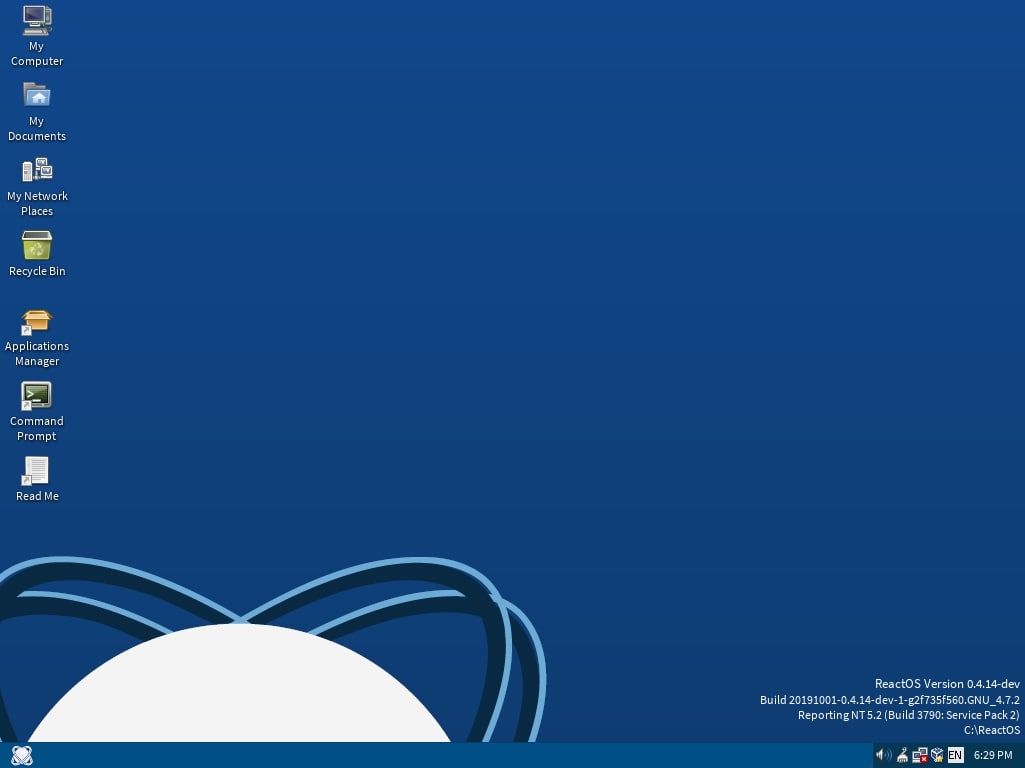
ReactOS is an open-source operating system compatible with Microsoft Windows applications and drivers. It provides users who prefer the Windows interface and applications with a free alternative. ReactOS’s primary objective is to provide a Windows-like experience, enabling users to execute Windows applications and drivers without requiring the Windows operating system.
ReactOS resembles Windows in appearance, with a similar interface and familiar components such as the Start menu, taskbar, and file explorer. This design strategy facilitates the transition of Windows users to ReactOS and facilitates system navigation.
The lightweight nature of ReactOS is an additional advantage. It is designed to be resource-efficient, allowing it to operate smoothly on older or low-specification hardware, making it an option for revitalizing older machines.
6. Linux Mint
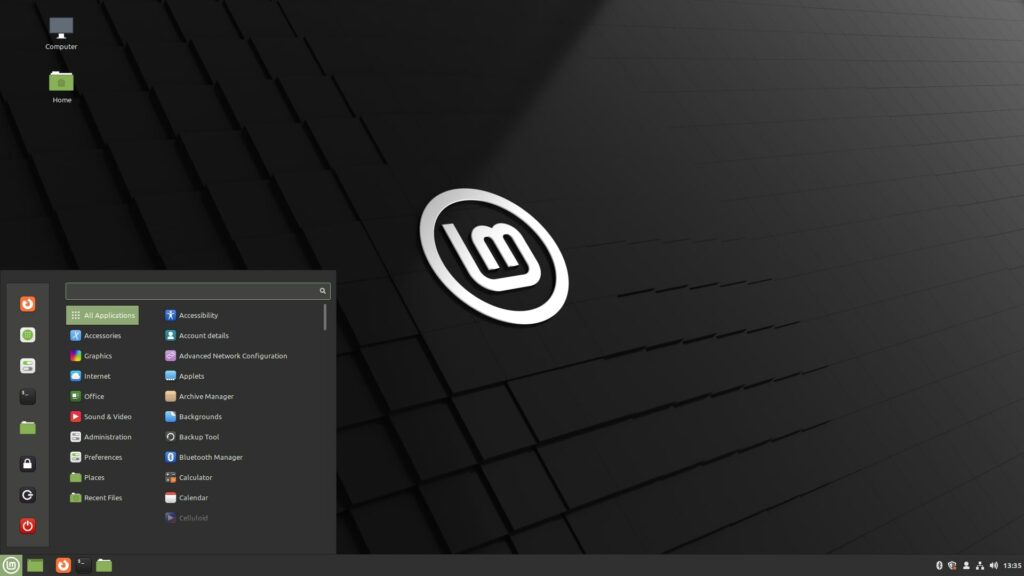
Linux Mint is a user-friendly and highly popular Linux distribution based on Ubuntu. It is known for its simplicity, elegance, and seamless integration of essential software and codecs, making it an excellent choice for newcomers to the Linux world.
With a visually appealing Cinnamon desktop environment, Linux Mint provides a familiar interface for Windows users, making the transition to a new operating system much smoother.
One of the key strengths of Linux Mint lies in its emphasis on stability and reliability. The development team carefully curates the software and updates, ensuring that users experience a smooth and trouble-free computing experience. Additionally, Linux Mint offers excellent hardware compatibility, making it easy for users to install and run on a wide range of software applications without compatibility issues.
7. Zorin OS
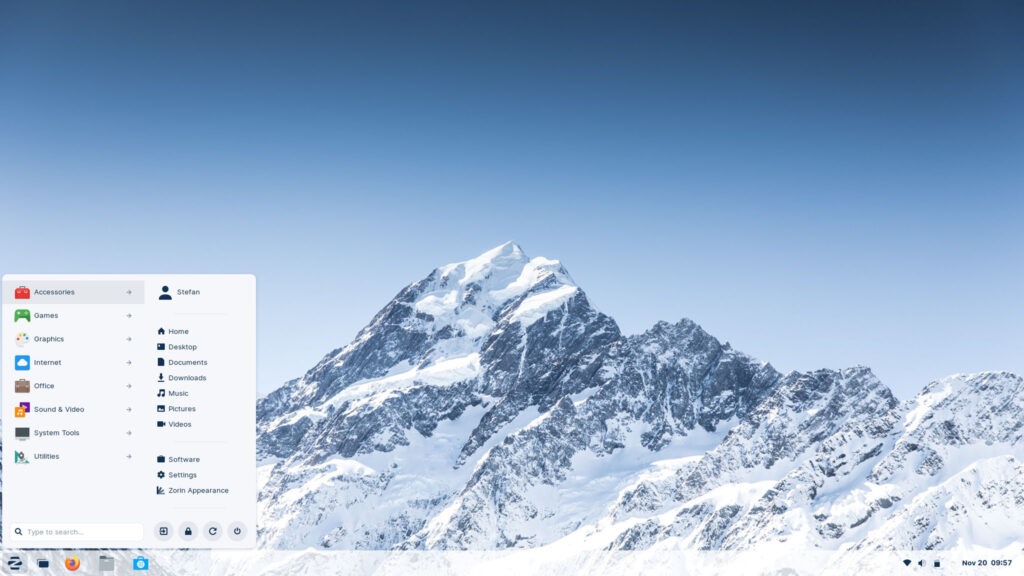
Zorin OS is a Linux distribution designed to provide a familiar and user-friendly experience to those transitioning from other operating systems, especially Windows. Its sleek and modern interface, reminiscent of the Windows desktop, makes it an attractive choice for users who want a seamless migration to a Linux-based platform.
Zorin OS offers several customizable desktop layouts, such as “Zorin Appearance” modes that mimic the look of macOS or GNOME, allowing users to personalize their desktop environment according to their preferences.
It comes pre-installed with a wide range of essential applications, including office suites, web browsers, media players, and graphics editors, making it immediately usable right after installation. Moreover, Zorin OS has earned its place for those seeking a Windows-like experience in a stable and reliable Linux operating system.
Conclusion
Users enjoy a wide range of options to explore with these seven free alternatives to the Windows operating system. These alternatives cater to various user preferences and offer intense competition to the Windows ecosystem, whether it is through user-friendly user interfaces, security features, or specific compatibility requirements.
Hope you find this article interesting. Do let us know by commenting on your suggestions and feedback regarding the view we tried to portray in this article. And if you find this article knowledgeable, remember to share it with your friends.
